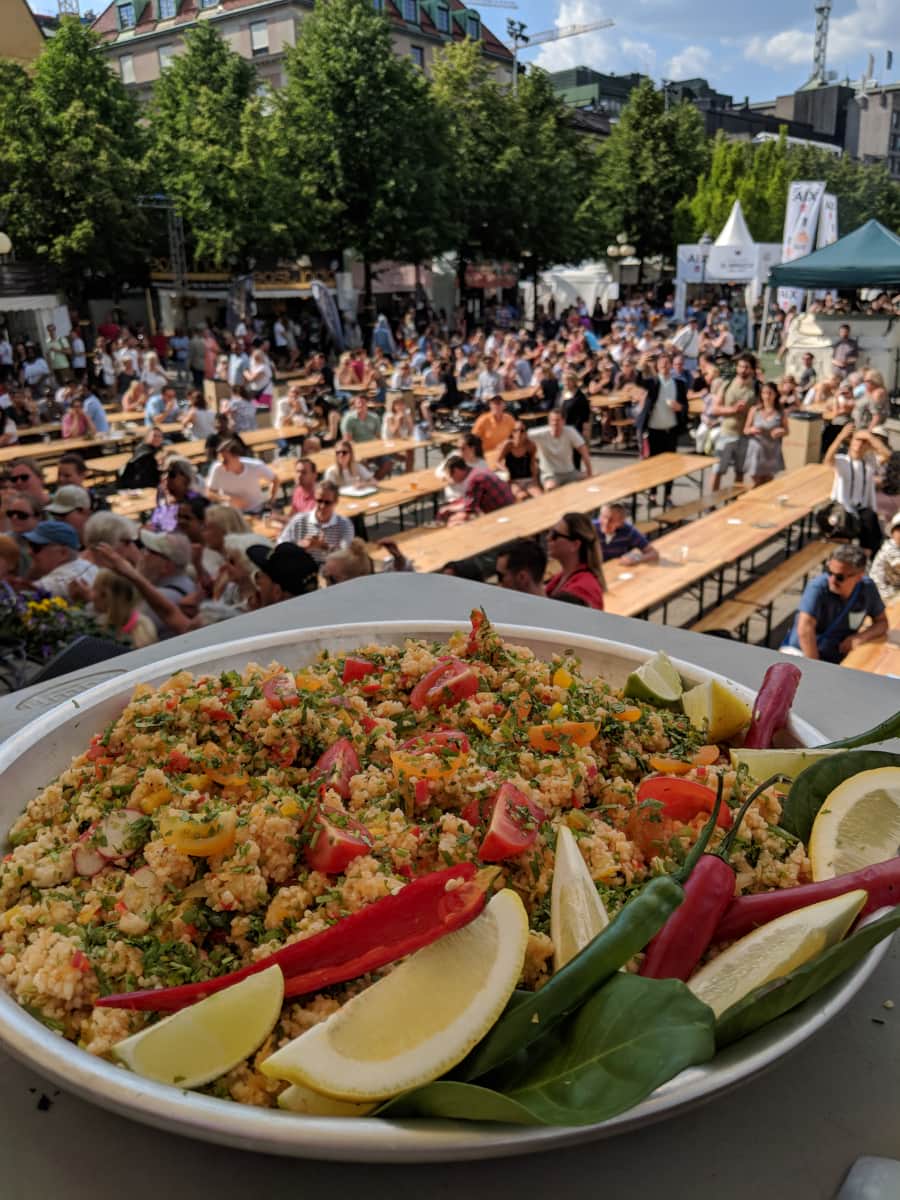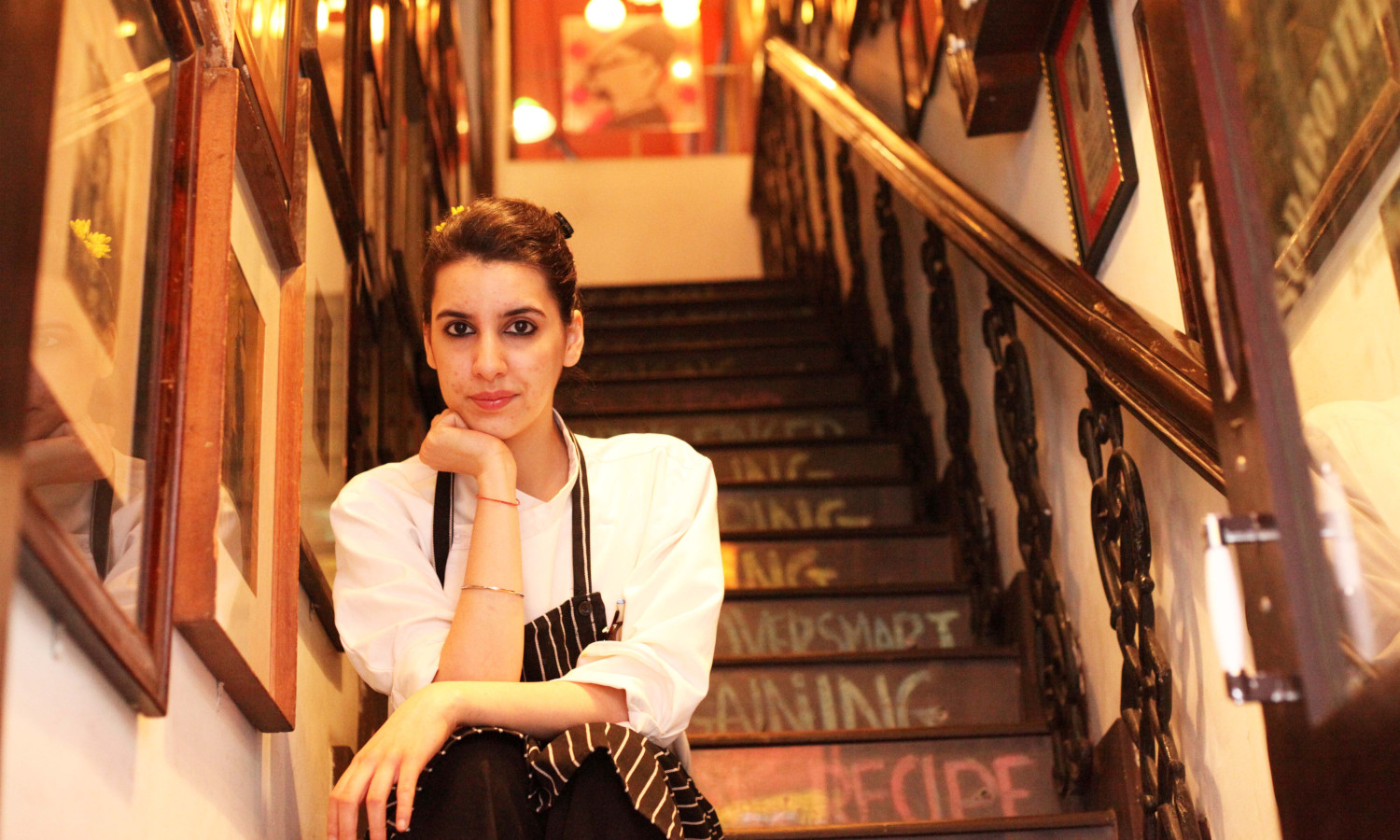Since the moment Anahita N. Dhondy—Chef Partner at SodaBottleOpenerWala, Cyber Hub Gurgaon in India—discovered the benefits of millets, she has been devoted to advocating for these traditional grains. “It is so important,” Dhondy says to Food Tank. “[Traditional grains] are good for yourself, good for farmers, and most importantly, good for the planet. You don’t want [agricultural] areas to be completely barren. And these crops actually put nutrition back into the soil.”
Traditionally, Indians have consumed millets as pilau, porridge, and bread. In recent years, though, millets have been considered “not cool enough as an ingredient,” according to Dhondy. Millets take longer to cook than other grains, and preparing a traditional dish can often be a long and tedious process. “Now the number of kilos of millets that are produced has gone down terribly because people are not cooking with it anymore,” Dhondy tells Food Tank. “We have kind of lost touch with these ingredients.”
“I try to make [cooking with traditional grains] a little simpler because I know people don’t have as much time than they did earlier,” Dhondy says. She tries to develop recipes that are relatable for young audiences and easy to prepare. She cooks a couscous-like millet salad as well as millet and okra salad: a few of her favorite recipes. Amaranth and mango halva, another one of her favorites, appears on her menu when mango is in season. “There is a lot you can play around with,” Dhondy says. “When [people] can taste and try it [in the restaurant], then they can go back and create those dishes at home or they can buy ingredients.”
For Dhondy, millets give more flavor, texture, and nutrition to recipes. For example, she transforms Dal Chawal, an everyday Indian dish, by replacing rice with millet, then spicing with cumin and peas like a pilau, and serving with lentils. “I think about how I can reduce the amount of refined [ingredients], and use millets instead of it,” she explains. Dhondy also adds more crispness of deep-fried millet grains on the top of her salads. The intention is “to make sure that [people] get a little bit of nutrition that [they] are probably missing out on.”

In 2018, Dhondy met Joanna Kane-Potaka—Assistant Director General, External Relations at the International Crops Research Institute for the Semi-Arid Tropics (ICRISAT)—at the EAT Forum in Stockholm, Sweden. “I got to know that we were advocating the same thing,” Dhondy says. “And it’s not only millets. They are doing a lot of work with smart food.”
Smart foods are highly nutritious and climate-resilient, and these traits allow them to address issues related to poor diet, poverty, and climate change. Through its Smart Food initiative, ICRISAT encourages farmers and consumers to grow and eat these climate-smart crops, including millets, sorghum, pigeonpea, and groundnut in African countries and India.
In collaboration with different chefs, ICRISAT creates training programs and TV shows to educate consumers, generating greater interest in smart food. Since meeting Kane-Potaka at the EAT forum, Dhondy has participated in ICRISAT events such as the Culinary Challenge, a food show where college students cooked using millets in innovative ways.
As a panelist, Dhondy had a chance to talk about millets at the United Nations Headquarters in New York City in October 2018. “It was a very big moment for me truthfully as a chef to be talking about this,” Dhondy says to Food Tank. “I think a month later, in the newspaper, I read that 2023 is the year of millet. I was ecstatic. There is going to be so much to talk about it.”













